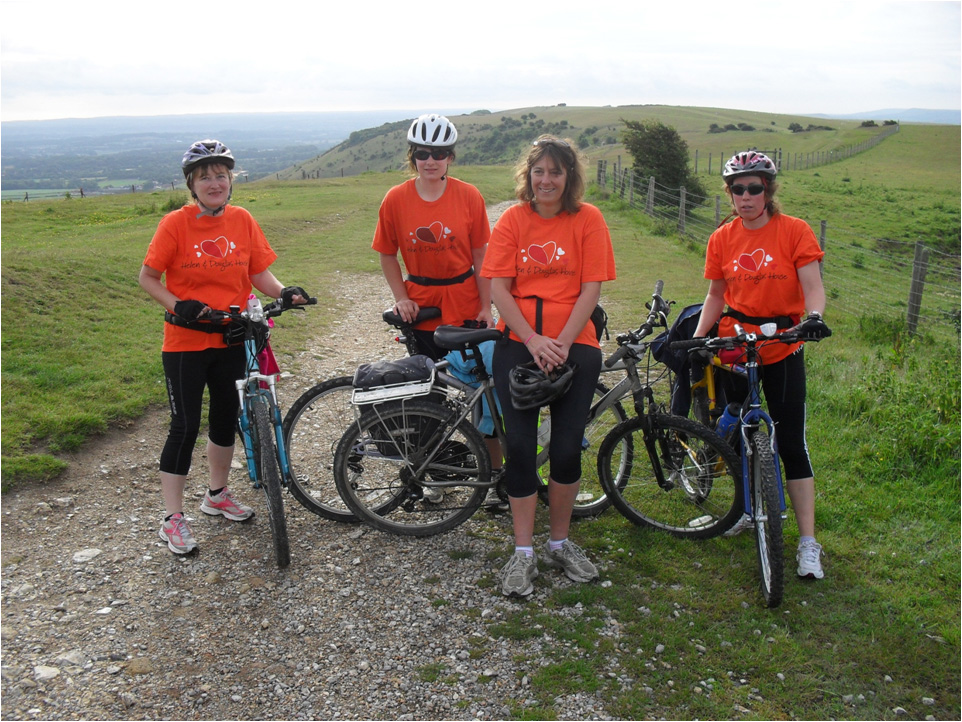- Often high banks ran alongside the route to keep out strays from neighbouring land
- Lush fields next to old inns indicate grazing used by drovers
We plan to start out from East Ilsley which by 1240 had an already substantial corn-market and by the Middle Ages a major sheep fair, attracting drovers bringing their stock along the Ridgeway. (We know it well!).
A book The Drovers by Shirley Toulson provides more detail that seems to confirm that the first section of our walk will follow part of the Ridgeway in the direction of Wallingford.
Place names provide useful indications of the possible existence of drover's routes. For example Halfpenny relates to the fee drovers paid for grazing. Anything with Drovers in is a good clue (Drovers Arms and so on) and a place with London in its name is also a good indication that it was on a Drover's route and a significant place for the travelling community.
It's not on our route but it seems Little London (at Oakley just down the road from Brill) may have been established by Welsh cattle drovers. Cattle drovers established at least 70 communities in England and Wales, many of which still exist. They were on common land, separated from local communities and were temporary homes for long-distance drovers, driving their cattle to the great fairs and markets of London and other centres in England.
Then something exciting popped up when I googled Drover's Buckinghamshire. I found a map that shows Thame on a Drover's road that runs to Witney a bit far from East Ilsley but there may be a link across.

To finish, we share a totally unrelated fact uncovered by searching for 'Ridgeway' and 'Drovers' turned up this fact on google: "Ridgeway Rovers were formed in 1979 and is famous for being the first club David Beckham played for." Hmm I feel a quiz fundraiser event coming on!!

